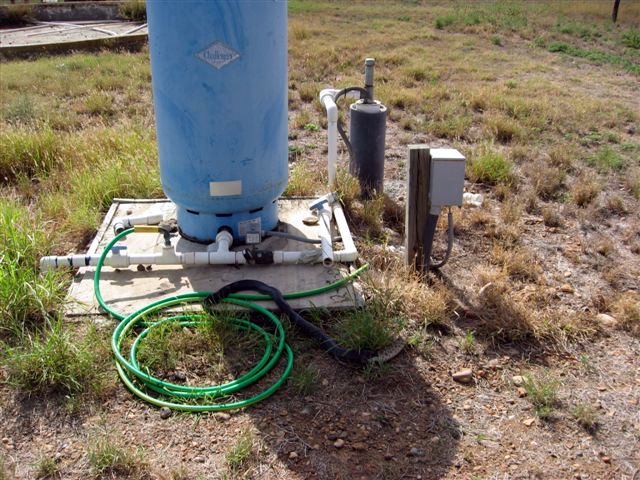

However, their lifespan can be influenced by various factors such as habitat quality, food availability, and exposure to pesticides and other contaminants. Indigo snakes have a relatively long lifespan compared to other snake species, with individuals living up to 20 years in the wild. Females are slightly smaller, with an average weight of 1.3 kilograms. The heaviest recorded indigo snake weighed 3.9 kilograms and measured 8.5 feet in length. Males are typically larger than females, with an average weight of around 2.2 kilograms. They are slender-bodied and have a shiny, iridescent appearance, which is why they are also known as Eastern Indigo Snakes or Blue Indigo Snakes. Indigo snakes are one of the longest native snake species in North America, with adult specimens regularly reaching lengths of 6 to 7 feet.

They have an impressive ability to overcome venomous prey, often using their muscular bodies to constrict and suffocate their victims. They are active foragers, using their keen senses of smell, sight, and vibration detection to locate prey.

Their diet varies depending on their location, season, and availability of food sources, but generally, indigo snakes are known to feed on species that are abundant in their respective habitats. For instance, they may eat cotton rats, squirrels, mice, rabbits, quail, doves, lizards, frogs, toads, salamanders, catfish, and venomous snakes like copperheads, rattlesnakes, and coral snakes. These apex predators are capable of hunting and consuming a wide range of prey, including rodents, small mammals, birds, amphibians, reptiles, fish, and even other snakes. Indigo snakes are renowned for their diverse and opportunistic feeding habits. They can be found in both high and low elevations, but they are generally more common in low-lying areas. Indigo snakes are known to be adapted to hot and humid environments and therefore typically inhabit areas with high humidity and temperatures ranging from 70 to 90 degrees Fahrenheit. In Central America, indigo snakes are commonly found in forested areas and grasslands, while in South America, they inhabit similar habitats, including savannas and shrublands. In the southeastern United States, indigo snakes can be found in a variety of terrestrial ecosystems, including pine flatwoods, oak hammocks, scrub and sandhills, longleaf pine forests, and wetlands such as cypress swamps and marshy areas. Indigo snakes are found in a wide range of habitats across their extensive range, spanning from the southeastern United States to Central America and South America. The patterning of each indigo snake is unique, which makes them even more fascinating to observe. These reptiles are named for their iridescent blue-black scales, which shimmer in the sunlight and glow in shades of electric blue and violet. One of the most striking features of the indigo snake is its beautiful scale patterning. These large constrictors are native to Central and South America and are renowned for their incredible size and stunning appearance. Indigo snakes, also known as blue indigo snakes, are truly mesmerizing creatures. Conclusion Indigo Snake Indigo Snake Description


 0 kommentar(er)
0 kommentar(er)
